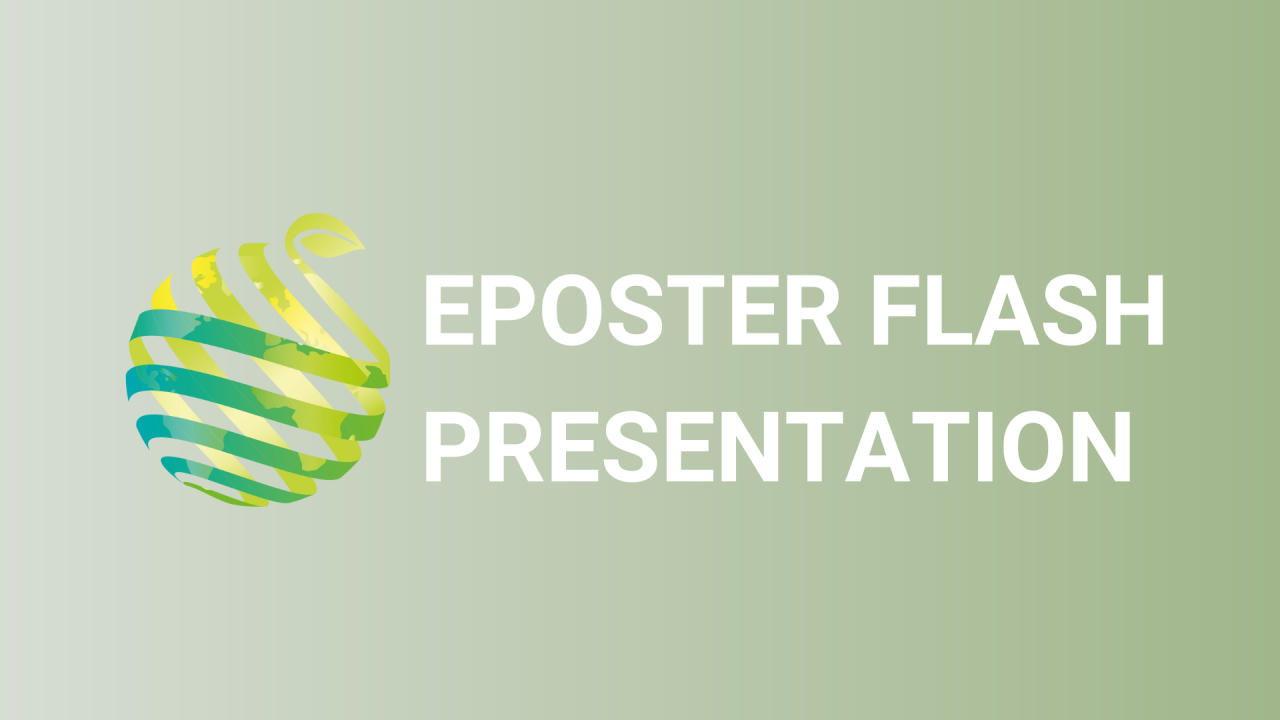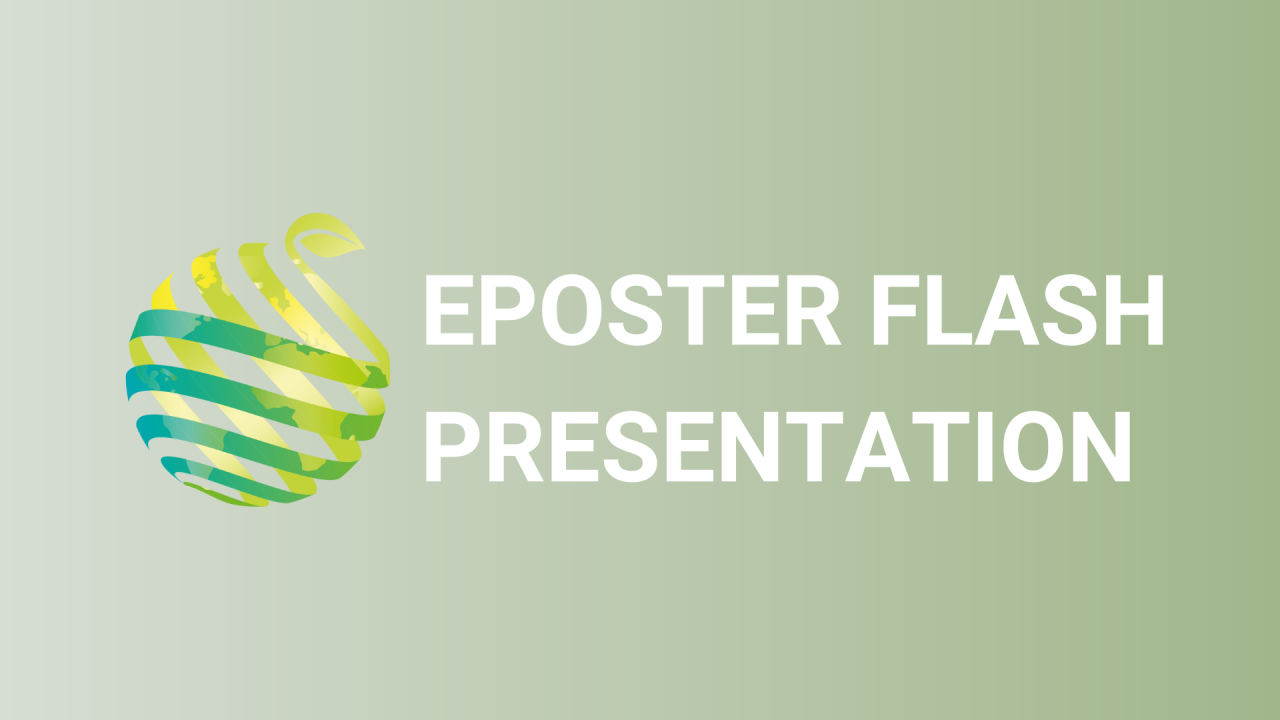

S05 - Session P2 - Effects of monochromatic LED light quality in long-day treatments on flowering in Delphinium
Information
Authors: Sugawara Nono *, Numazawa Mei, Nishiyama Manabu, Kato Kazuhisa, Kanayama Yoshinori
Recently, developments in light-emitting diodes (LEDs) technology have increased the efforts in adjusting the light climate for production of plants due to their energy efficiency. It is well known in Arabidopsis that far-red (FR) and blue (B) light promotes flowering and red (F) light suppresses it. However, for cut flowers, including diverse species, the flowering response to monochromatic light and flowering-related genes underlying this response need to be characterized to efficiently use LEDs. To investigate growth and flowering responses, long-day treatments were applied to Delphinium elatum 'Aurora Light Blue' and D. grandiflorum 'Super Grand Blue' using FR, R, and B LEDs. In the short day (SD), the light period was from 8:00 to 16:00 with metal halide lamp and the dark period was from 16:00 to 8:00. In the long-day treatments, FR, R and B LEDs, which have the peak wavelengths of 730, 660, and 470 nm, respectively, were used from 16:00 to 4:00. PPFD of all LED treatments was arranged to 3 μmol·m -2 ·s -1 . In D. elatum flowering was not induced in SD, while that was induced in D. grandiflorum , indicating a difference in the response to daylength between these two species. Interestingly, R was found to be an effective light quality for the induction of flowering in both species although there were some differences in the response to each light quality among the species. There was no influence on the quality of cut flowers among all treatments in D. elatum and the number of flowering florets was higher in the R, FR, B, and SD treatments, in that order, in D. grandiflorum . The results suggest that the flowering of Delphinium is promoted by red light, which suppresses the flowering of Arabidopsis , and there is no problem in the quality of cut flowers even when red light induces flowering.